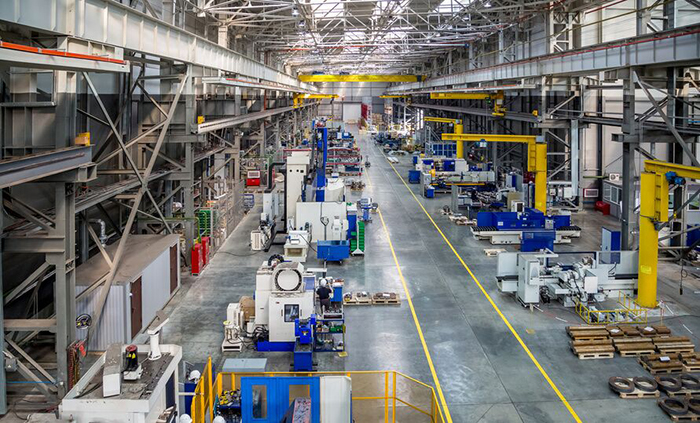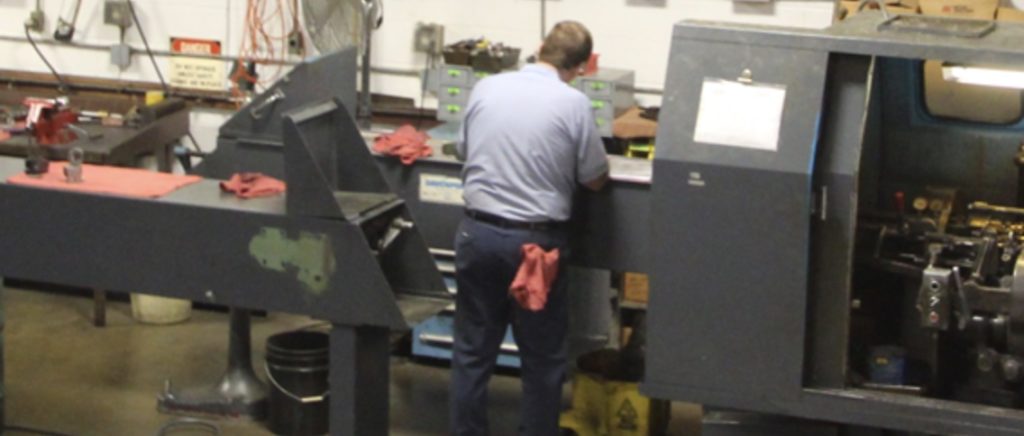
What Is the Manufacturing Skills Gap?
The skills gap represents the shortfall seen in the skills that manufacturing companies need to fulfill current work necessities and keep up with changes in the industry compared to the skills possessed by employees and applicants. In fact, five of every ten open positions for manufacturing workers still needs to be filled and at times these positions can take a number of months to find worthy candidates.
Skills gaps are not limited to the manufacturing sector, of course, but such a gap has been a problem for those in the industry for some years, particularly following the economic recession of 2008.
Some key facts:
- In the coming decade (2018-2028), the manufacturing field is projected to add 3.4 million jobs to keep up with production demand
- The Manufacturing Institute and Deloitte predict that during that time only 60% of the 3.4 million jobs will be filled, potentially leaving over 2 million jobs within the manufacturing sector that will be unstaffed throughout the country
- As manufacturing engineering professor at the University of Wisconsin-Milwaukee Wilkistar Otieno states, 250 jobs in other industries are created from every 100 jobs in manufacturing (including for such areas as supply chain, retail, and sales). And with roughly two dollars being gained in the economy for every one dollar invested in manufacturing, any shortfall can be significant
- In fact, it’s believed that $454 billion in revenue could be lost due to the shortfall in 2028, with an accumulated $2.5 trillion lost due to the shortfall during the course of the decade leading up to 2028
As you can see, there is plenty to be concerned about when it comes to the manufacturing skills gap. Let’s take a look at why this gap has come about.
What Has Contributed to the Skills Gap?

The skills gap has emerged due to many factors, several of which are the side effects of actual positive changes and developments within the manufacturing field.
- Growth in the Industry – While certainly a good thing overall, the growth of manufacturing has led to a lot of open positions due to the industry not being able to keep up with demand for some sectors. This is particularly the case for STEM-oriented and technology-based jobs.
- Lack of Talented Applicants with Relevant Experience – One of the reasons for the skills gap is due to applicants who are interested in the manufacturing field might not have all the relevant abilities that manufacturers are seeking. These can
include: computer skills,problem solving skills,mathematic skills, additive manufacturing skills, and 3D printing skills.
- An Aging Workforce – With many within the manufacturing field getting close to retirement, 2.7 million jobs are expected to quickly become available. While many younger workers may have certain technical or STEM-related skills that older workers may possess less of, the retirement of experienced workers puts a further burden on the industry as incoming workers will lack the kind of long-term knowledge gained from years within the field, something that doesn’t come from books alone.
- Perceptions of the Manufacturing Field – While manufacturing companies are seeking out workers with more tech-based skills to help reduce the hiring shortfall, those with such skills often are more interested in other fields and other career possibilities. Part of this may be due to the misconception of the manufacturing field, as people think of it in 20th Century terms—nothing but difficult labor and assembly lines. Modern factories, though, incorporate a host of technological aspects that provide roles for people from a wide range of backgrounds.
- Some of
the areas workers in a modern factory can play a role in include IoT, data analysis, product design, automation and robotics, computing, 3D printing, and augmented reality.
- Some of
- Lack of STEM Skills in Current Workers and Applicants – Many workers who have been in the field for decades entered it directly out of high school without going on to vocational schools or colleges in between. This, coupled with the lack of a STEM-focus in the field in previous decades, led to workers very skilled in some areas but ultimately unfamiliar with certain needs. New applicants often will have the same challenges, if they have not pursued any STEM education to date.
What Steps Can Companies Take?
Moving forward, the manufacturing industry can do a variety of things to address the skills gap and try to prevent significant problems from a hiring shortfall.
- Permit Working Remotely – Some companies have begun doing this already, showing its viability. By allowing those on your team to work remotely, usually for computer-based roles, you will be able to attract more candidates with the skills you’re seeking since you won’t only be looking only in a localized region.
- Expand HR Policies and Hiring Tactics – While a company may ideally want a candidate who can “do it all,” recognizing that having a skilled worker who can fulfill a given function might be a more likely hire is essential. For any tasks such a hire couldn’t fulfill, it’s likely those tasks can be shifted internally.
- Invest in More Automation – Certain roles can continue to be filled by way of automation and robotics, so companies should exploit opportunities when they see them. This can help to limit any struggles seen from the skills gap shortfall.
- Promote Manufacturing – Getting the word out about your industry and your company can go a long way in securing the future talent you’re seeking. Going to college career fairs, tradeshows, informational events, and more can help to make everything you do, and everything you need, more visible to the next generation of workers.
Contact Valco Today!
We hope you enjoyed our article on the skills gap and we wish you luck in securing the talent you need moving forward.
And if you’re searching for a provider of metal parts, particularly for your product engineering department, be sure to reach out to the team at Valco!
